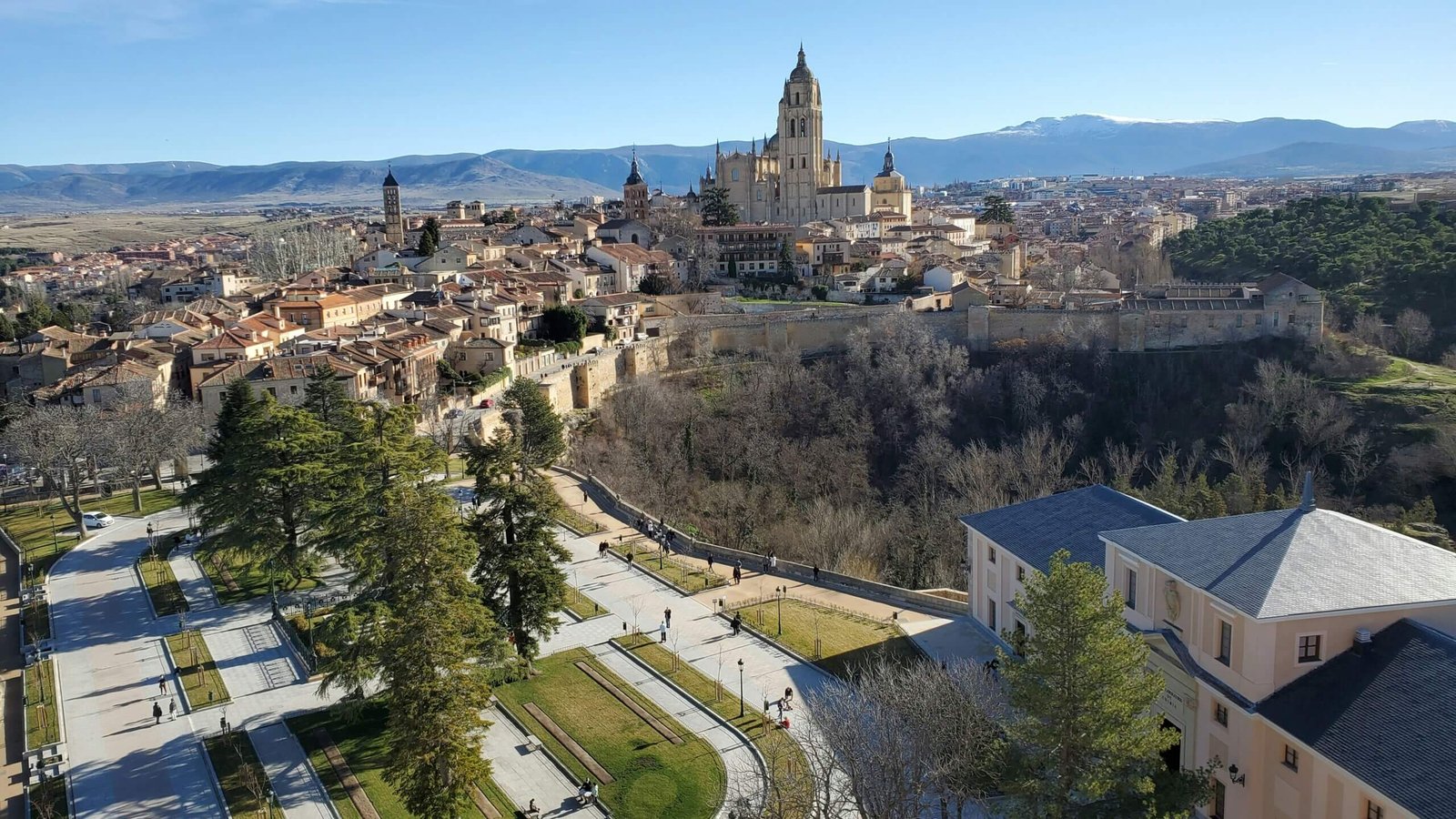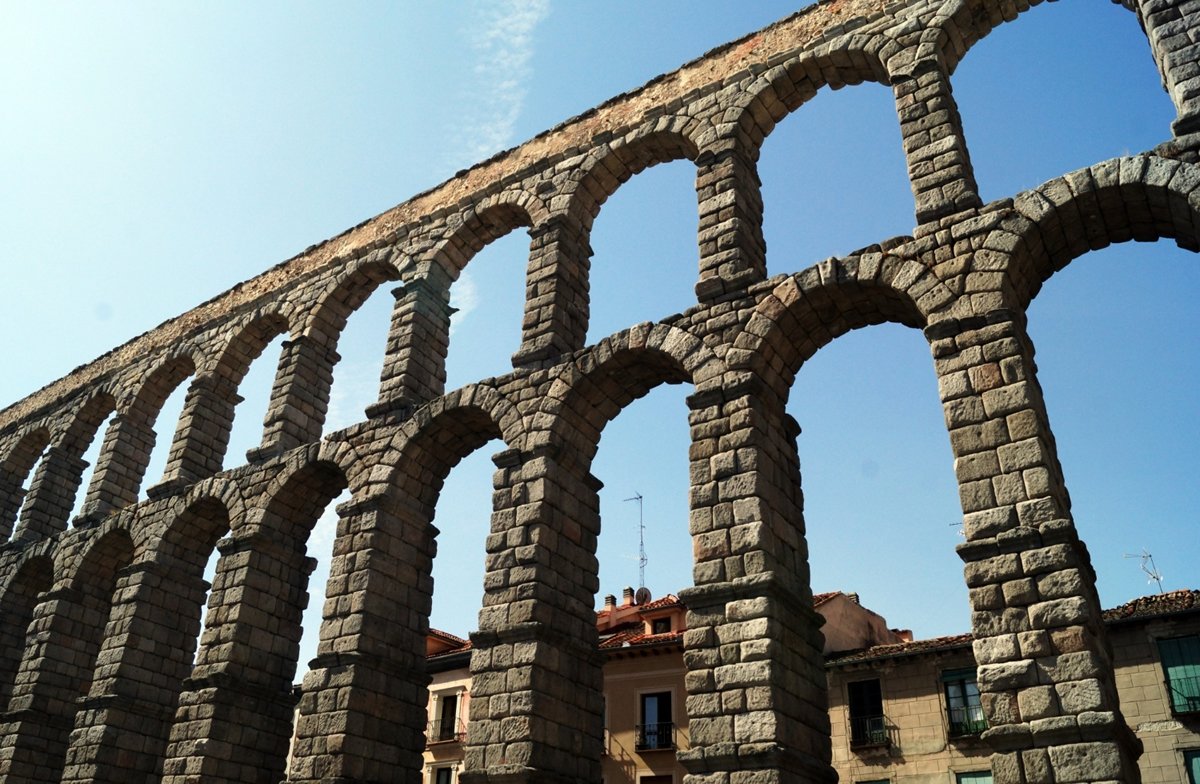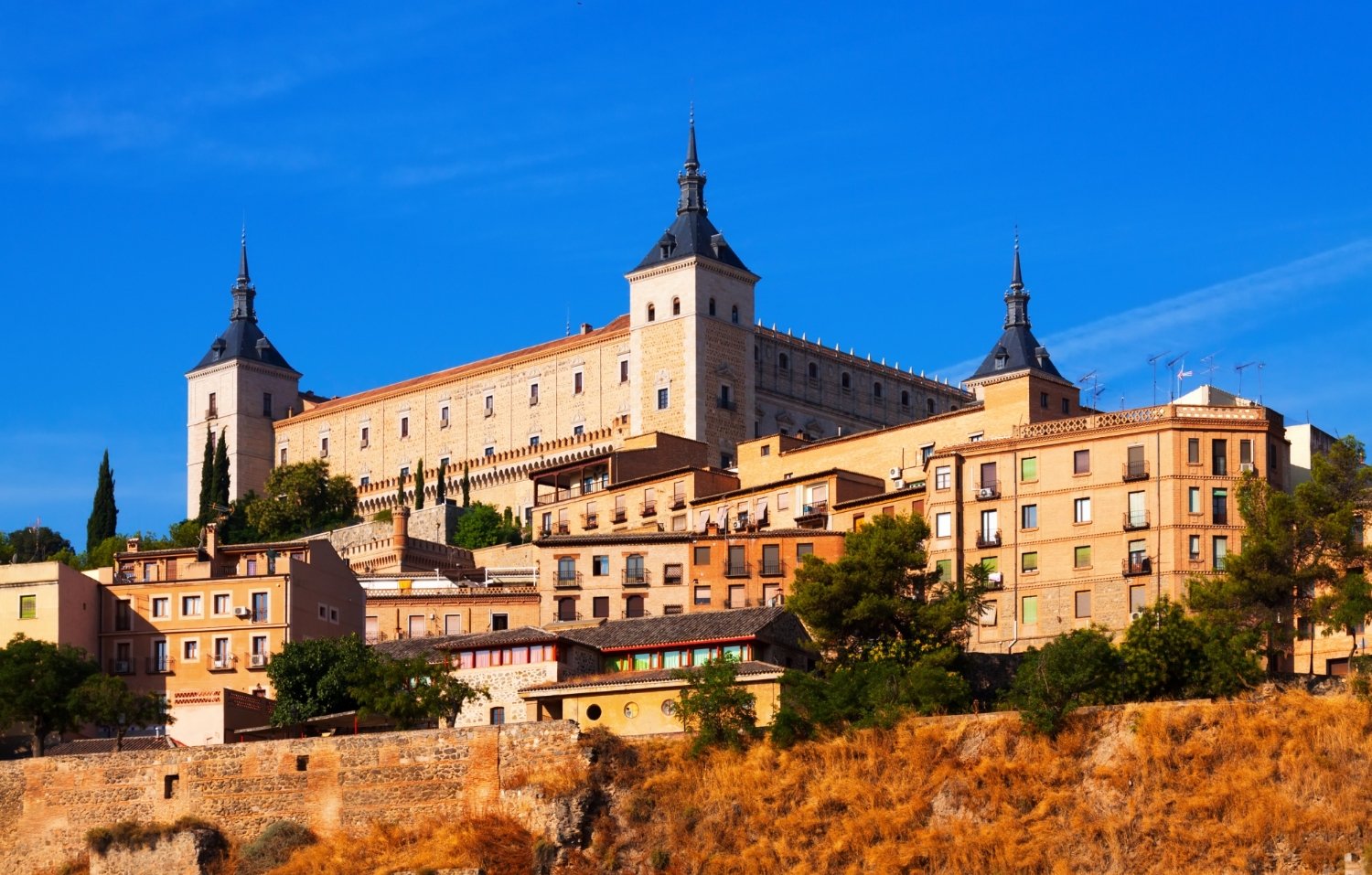Walking tour to Segovia jewish quarter
Did you know that the Segovia Jewish Quarter (La Judería) was one of the most populated and important in Spain? Its undeniable historical relevance and its excellent state of conservation make it one of the most interesting points of our private tour from Madrid to Segovia. Discover here all the secrets that its streets and monuments hold.
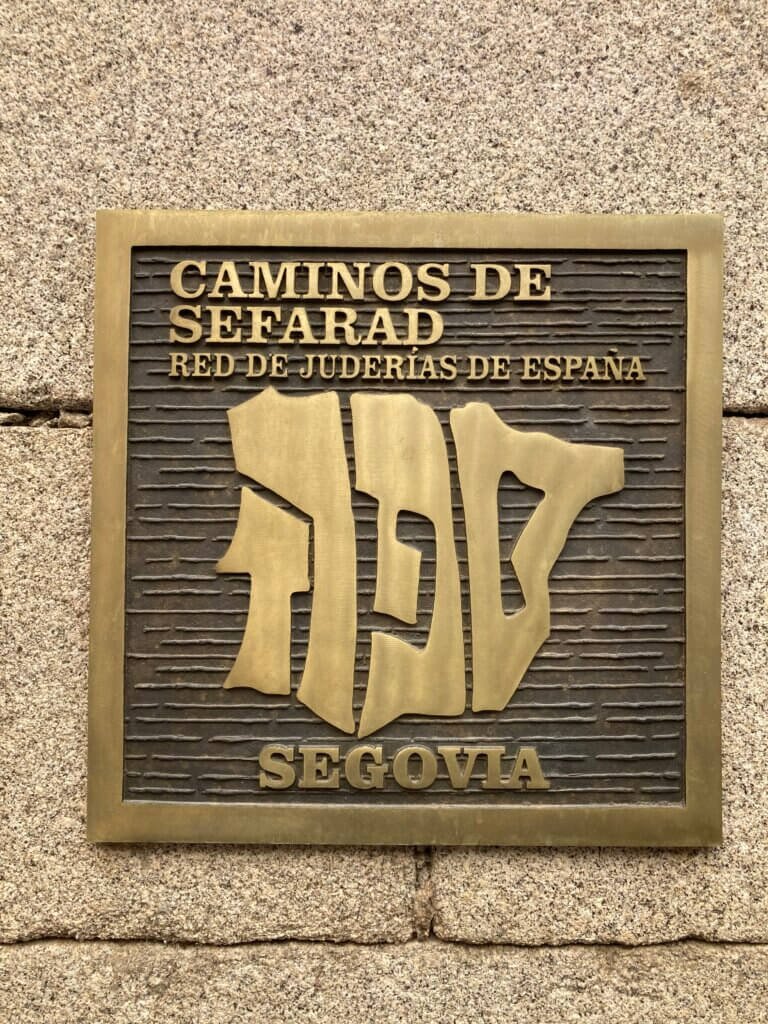
The Jewish neighborhood of Segovia (Spain) housed the local Jewish community from the 12th century until its expulsion in 1492. Initially, the residences of the Sephardim were scattered throughout the city, due to their coexistence with Christians. and Muslims was very peaceful. However, starting with the Laws of Ayllón (1412), they were forced to live in this area.
The Jewish Quarter of Segovia is located south of the city’s walled enclosure. Its winding network of alleys extends from Corpus Christi Square to the Las Canonjías neighborhood. Its backbone is the Old Jewish Quarter Street, formerly known as Main street.
The Synagogue, the slaughterhouse, the cemetery… walking through the Jewish quarter of Segovia allows you to see first-hand how the Sephardim lived in Castile Leon. Take advantage of this experience even more by unraveling the secrets surrounding its architectural treasures.
Old Main Synagogue – Convent of Corpus Christi (Antigua Sinagoga Mayor – Convento del Corpus Christi)
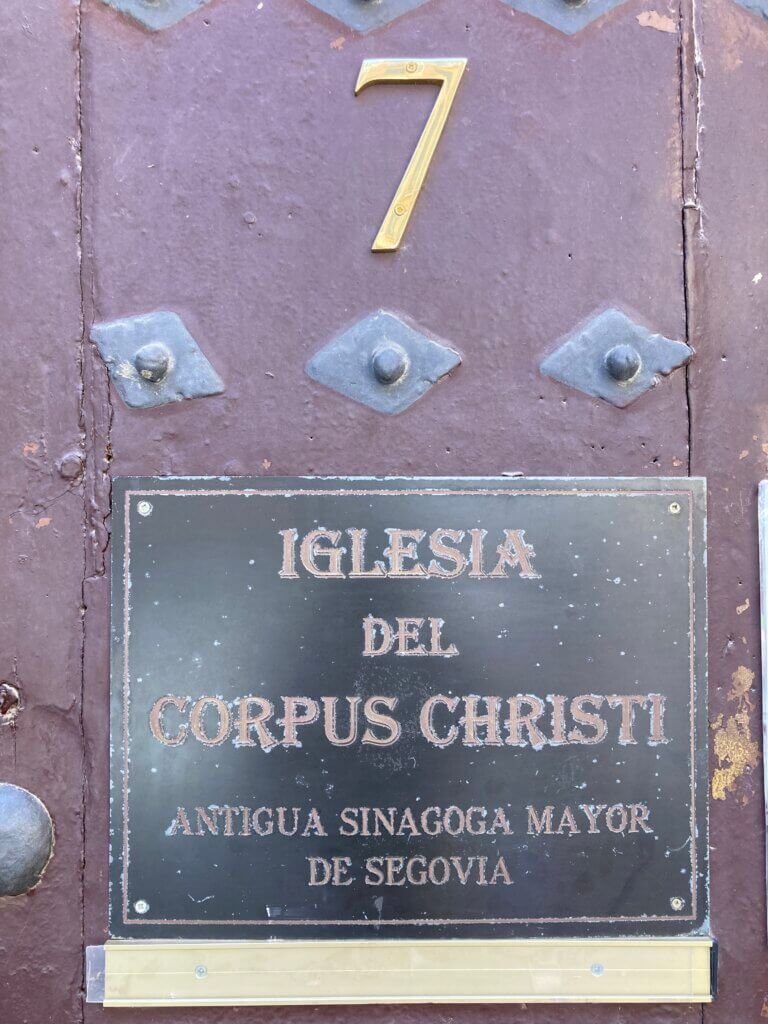
The story of the Old Synagogue Mayor (Antigua Sinagoga Mayor) is as captivating as it is sad. Legend for some, chronicle for others, the Sephardim were accused of desecrating a consecrated host; As punishment, their temple was confiscated at the beginning of the 15th century and converted into the Corpus Christi Convent (Convento del Corpus Christi).
Before its confiscation, and as you may have already imagined, the Main Synagogue was the religious epicenter of the Jewish neighborhood of Segovia. Furthermore, of the five temples that the city’s Jewish aljama once had, it is the only one that is preserved.
Located between Old Jewish Quarter Street, the Sun Gate (Puerta del Sol) and the wall, it is accessed through a Gothic arch located in Corpus Christi Square. Although we do not know with certainty when it was erected, we have documentary evidence of its existence since 1373.
In 1899, the Corpus Christi Convent was consumed by flames, being reduced to its essential structure. The subject of two restorations completed respectively in 1902 and 2004, it was the latter that recovered the plasterwork that originally decorated the Synagogue.
Jewish Quarter Education Center (Centro Didáctico de la Judería)
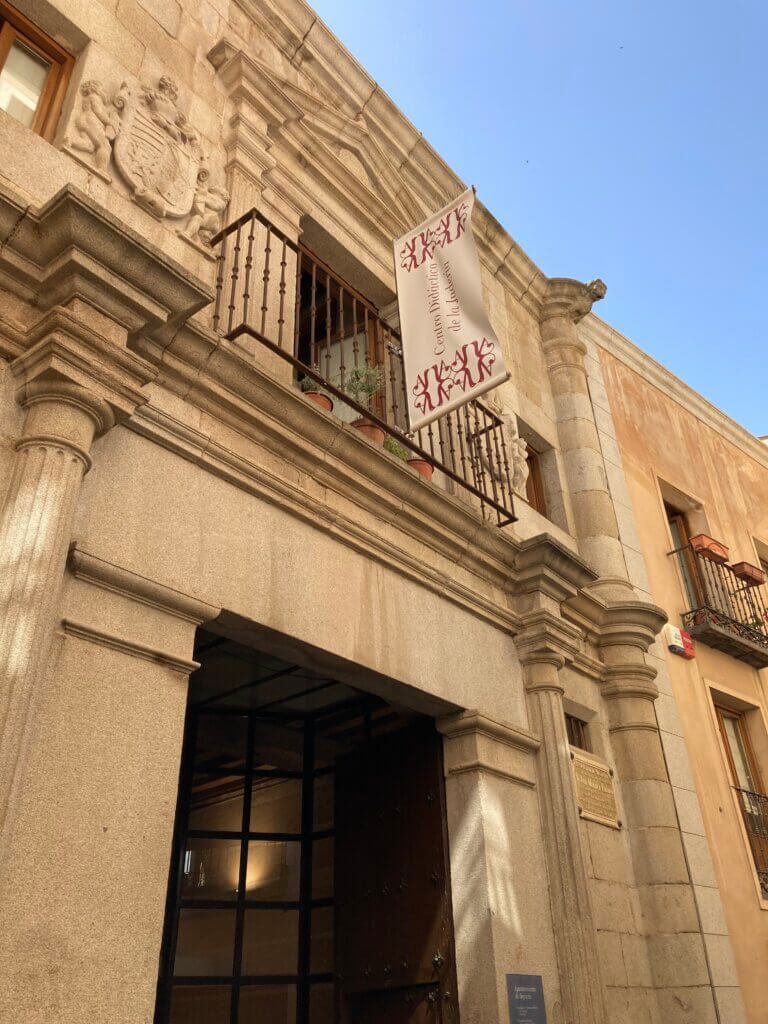
From Corpus Christi Square, Old Jewish Quarter Street will take us to the Jewish Quarter Education Center (Centro Didáctico de la Judería). It is located in what was the house of Abraham Seneor, a prominent member of the Sephardic community who lived between 1412 and 1493.
Opened in 2004, this Jewish Museum is an essential visit for those who want to know what the daily life of a Spanish Jew was like in the Medieval Ages. Not in vain, its rooms have all the necessary equipment to bring you closer to the traditions and history of this community. Special mention deserves its specialized store, where you will find a wide variety of publications and articles related to Hebrew culture.
What was the Shabbat celebration like? What were the 150 Sephardic surnames documented in the Segovia Cathedral? You can answer these and other questions by visiting this museum. In addition, you can participate in numerous cultural activities.
St. Andrew´s Gate (Puerta de San Andrés)
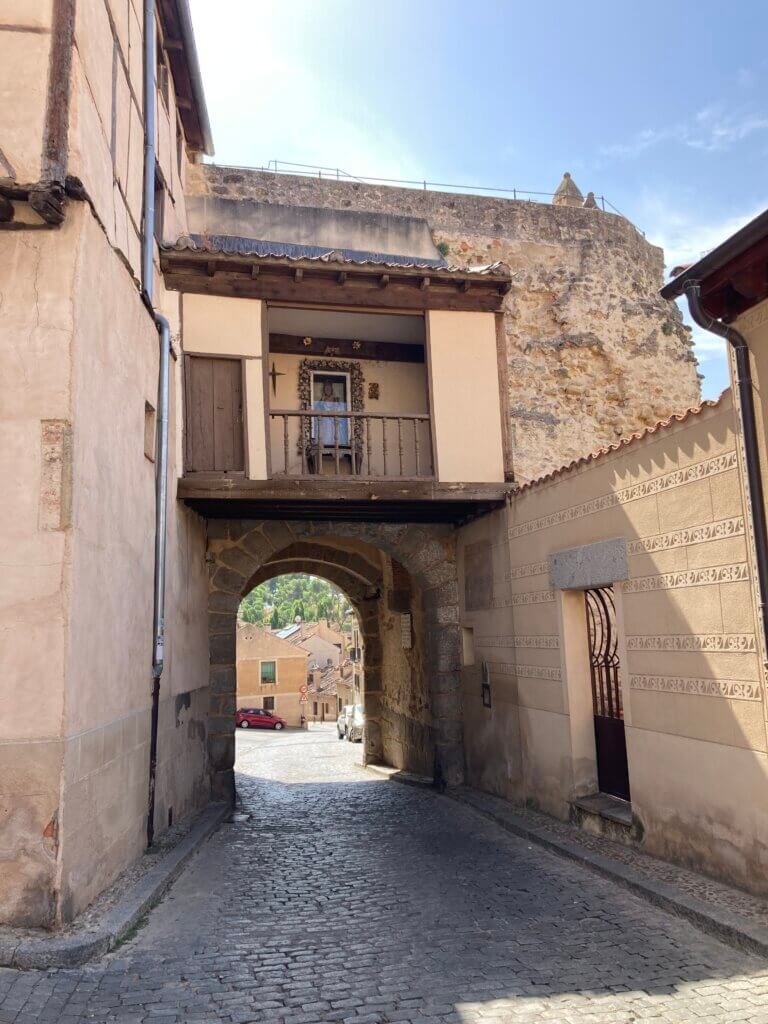
It would be unthinkable to take any jewish Segovia itinerary without crossing the St. Andrew´s Gate (Puerta de San Andrés). This construction connected the Sephardic neighborhood with the tanneries, the Hebrew necropolis and the orchards of the Clamores valley. The Jews left the city through it after being expelled in 1492.
The St. Andrew´s Gate is one of the five gates in the wall of Segovia. Certainly, it is the one that stands out the most, having been classified as an Asset of Cultural Interest.
Located in the south of the wall, its banked arch is flanked by two towers, one of them being polygonal and the other square. It is decorated with a Royal shield and the chapel of the Virgin of Socorro, to which is added a commemorative plaque dedicated to Quevedo’s novel El Buscón.
Jewish Cemetery of Segovia (Cementerio Judío de Segovia)
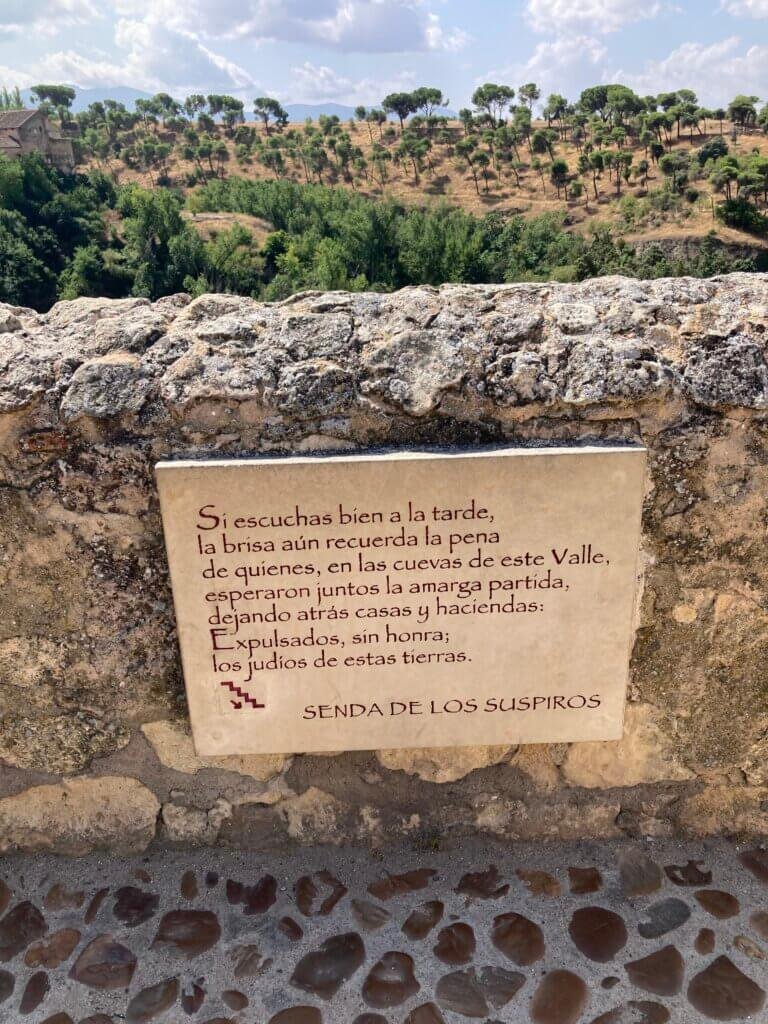
No tour of the Segovia Jewish Quarter would be complete without visiting its cemetery. In fact, it is the only Hebrew necropolis in Castile Leon. Likewise, there is no other specifically Sephardic archaeological site in the entire city.
The Jewish cemetery of Segovia (Cementerio Judío de Segovia) is located in the southwest of the city, being separated from it by the old riverbed of the Clamores River. We will find it outside the walled area. Its surface covers the space between the Puerta de San Andrés and the Casa del Sol.
The old necropolis is located on the left slope of the valley formed by the river. In its day it had an area of almost 5 hectares and was used to bury the Sephardim from Segovia from the 13th century to the 15th century. Today, it provides a magnificent viewpoint from which you can see some of the main Segovian monuments.
Keep learning about Sephardic Spain
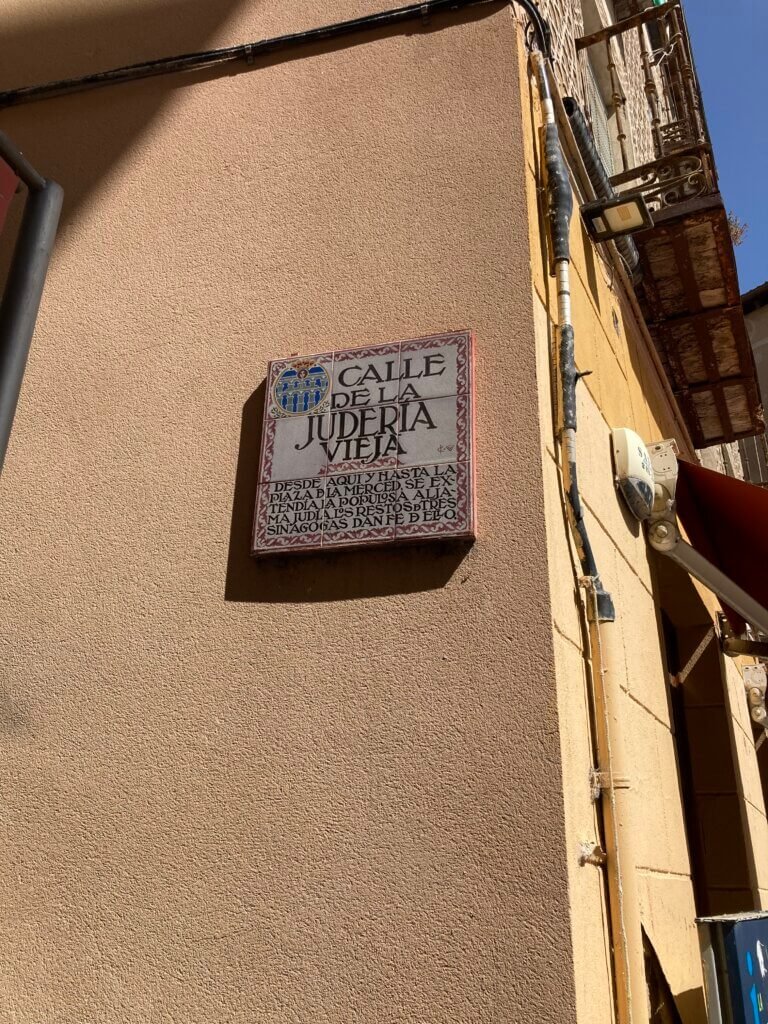
Do you want to know more about the passage of the Sephardim through Spain? If you liked this approach to Jewish Segovia, you will surely also like our post about Toledo Jewish Quarter Highlights (Castile-La Mancha). Read it now and you will understand the similarities and differences between both neighborhoods.
There is nothing like walking through the Segovia Jewish Quarter to soak up all the wisdom that the Sephardim left behind. A good example of this are proverbs like “Lo ke tienes de fazer el martes, fazelo el dia de antes”. (“Never put off until tomorrow what you can do today” ). Fulfill it by booking your private walking tour today!
Want to know more?, check Jewish Segovia tour from Madrid.

